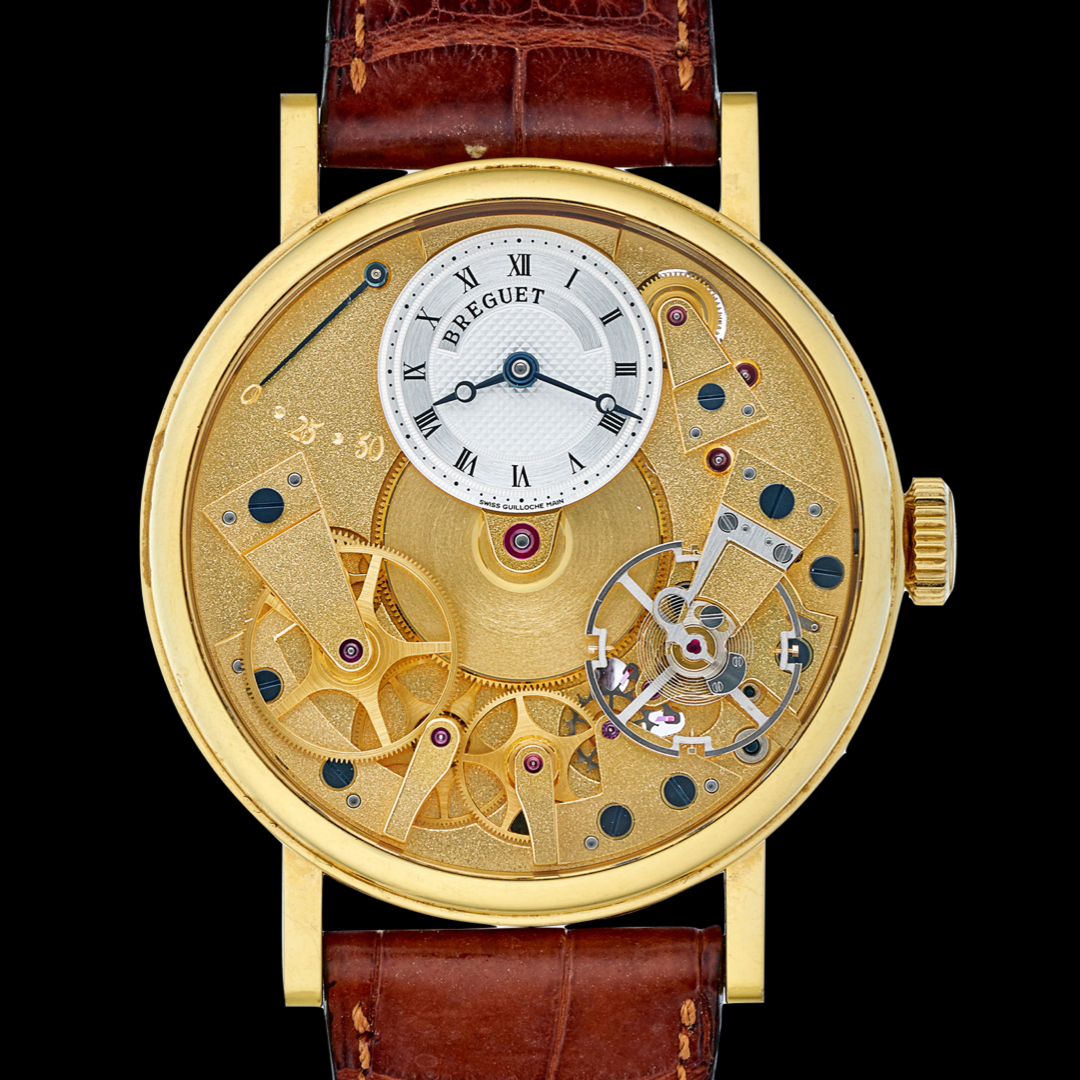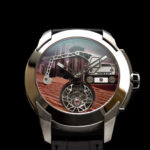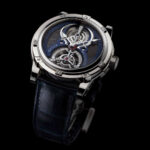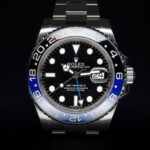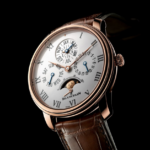Description
STIMA VALUE INDEX – BREGUET TRADITION
Breguet Tradition watch in 18-carat gold. Self-winding anthracite movement with retrograde seconds. Silicon Breguet balance-spring. Off-centred dial in silvered gold, engine-turned by hand. Sapphire crystal case back. Water-resistant to 3 bar (30 m). Diameter: 40 mm.
1790, THE PARE-CHUTE
The shock protection system known as the pare-chute is one of Breguet’s most celebrated inventions. Starting from the observation that, if the watch suffered a blow, the pivots of the balance wheel were the most vulnerable part because they were so fine, Breguet decided to give them a cone-shaped form and to hold them in place with small dishes of matching shape, mounted on a strip spring. It was about 1790 that Breguet started testing this invention, which was to make his watches infinitely less fragile and thereby enhance their reputation even further.
ECCENTRIC “MOON” TIP WATCH HANDS
From 1792, his “perpétuelle” watches were all equipped with it. Soon all his watches were equipped, and he presented the definitive version at the national exhibition of 1806. Also sometimes called elastic suspension of the balance wheel, the pare-chute (or parachute) is the forerunner of the modern “Incabloc” and all other shock protection mechanisms.The hands at this time, often short, broad and heavily decorated, added to the generally rather ponderous effect and difficulty of reading the dial. From his earliest days as a watchmaker, Breguet set out to streamline not only the internal mechanisms but also the external forms of his watches. As the hands are an essential part of the watch, both functionally and aesthetically, it is not surprising that this is another area in which Abraham-Louis Breguet left his indelible mark. To begin with he used gold English hands, until in about 1783 he invented a type of hand that was uncompromisingly new, made of gold or blued steel, and described variously as resembling a hollow apple or a crescent moon, the principle being that the points were hollowed out in eccentric fashion. Of extreme delicacy and irresistible elegance, the new shape was an immediate success. The term ‘Breguet hands’, like ‘Breguet overcoil’, soon entered the vocabulary of watchmaking.
1795, INVENTION OF THE BREGUET BALANCE SPRING
The balance-spring is a small spring which through its elasticity regulates the oscillations of the balance. It is attached at its inner extremity to the axis of the balance and at its outer extremity to the cock. The flat balance spring, invented by the Dutch mathematician Huygens in 1675, had established a degree of isochronism which still left something to be desired. The flat balance-spring was made of copper or iron and had only a few coils. Though imperfect, it gave the balance what it needed to become as accurate as the pendulum of a clock.
In 1795 Abraham-Louis Breguet solved the problem by upraising the spring’s last coil and reducing its curvature, to ensure the concentric development of the balance-spring.
Thus endowed with the “Breguet overcoil”, the balance spring henceforth became concentric in form. Watches gained in precision, and the balance-staff erode less quickly. Breguet also perfected a bimetallic compensation bar in order to cancel out the effects of changes in temperature on the balance spring.
The breguet balance spring was adopted by all the great watchmaking firms, who continue to use it to this day for high precision pieces. Between 1880 and 1910, many manufacturers inscribed the words “Spiral Breguet” or “Breguet overcoil” in large letters on the cuvettes of their watches.
ESCAPE-WHEEL AND LEVER IN SILICON
In 2006, Breguet has once again achieved a major breakthrough in horological technology with the introduction of various critical mechanical movement parts in silicon.
The planet’s second most common substance after oxygen, silicon is impervious to magnetic attraction and influence and, more important still, highly resistant to corrosion and wear. Lighter and harder than steel, it reduces inertia, requires no lubricant and provides far greater geometric freedom, i.e. opportunities to turn out new and complex shapes.
In the watchmaking field, the properties of silicon also prove mechanically useful for certain movement parts. The production method for silicon components makes it possible to create extremely complex shapes while ensuring extreme precision.
Research on silicon began as early as 2006, with the first applications in Breguet modules. The Classique 5177 watch is since then equipped with an escape-wheel and a lever in silicon, while the Classique 5197 and 5837 watches feature a silicon version for three components : the escape-wheel, the lever and the flat balance spring.

